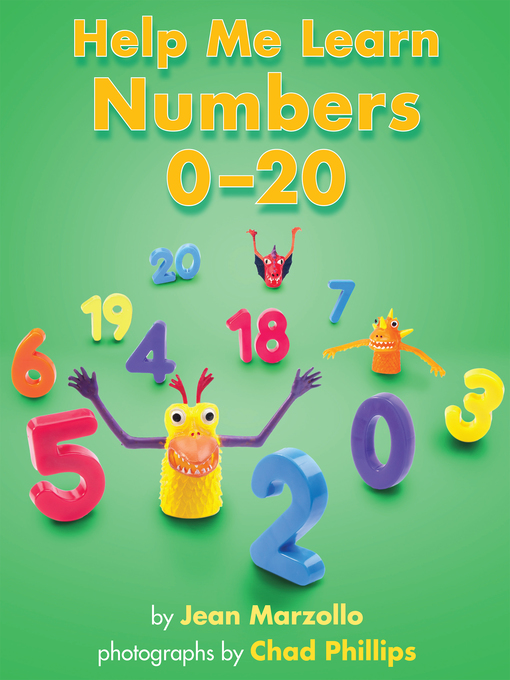Colorful photographs of rabbits, chicks, cars, fish, dogs, monsters, and other fun objects, plus rhyming text and a fun game help children learn numbers and number value. This book is aligned with the 2010 Common Core State Standards for kindergarten math.
- Available now
- New eBook additions
- New kids additions
- New teen additions
- Most popular
- Try something different
- See all ebooks collections
- Available now
- New audiobook additions
- New kids additions
- New teen additions
- Most popular
- Try something different
- See all audiobooks collections





